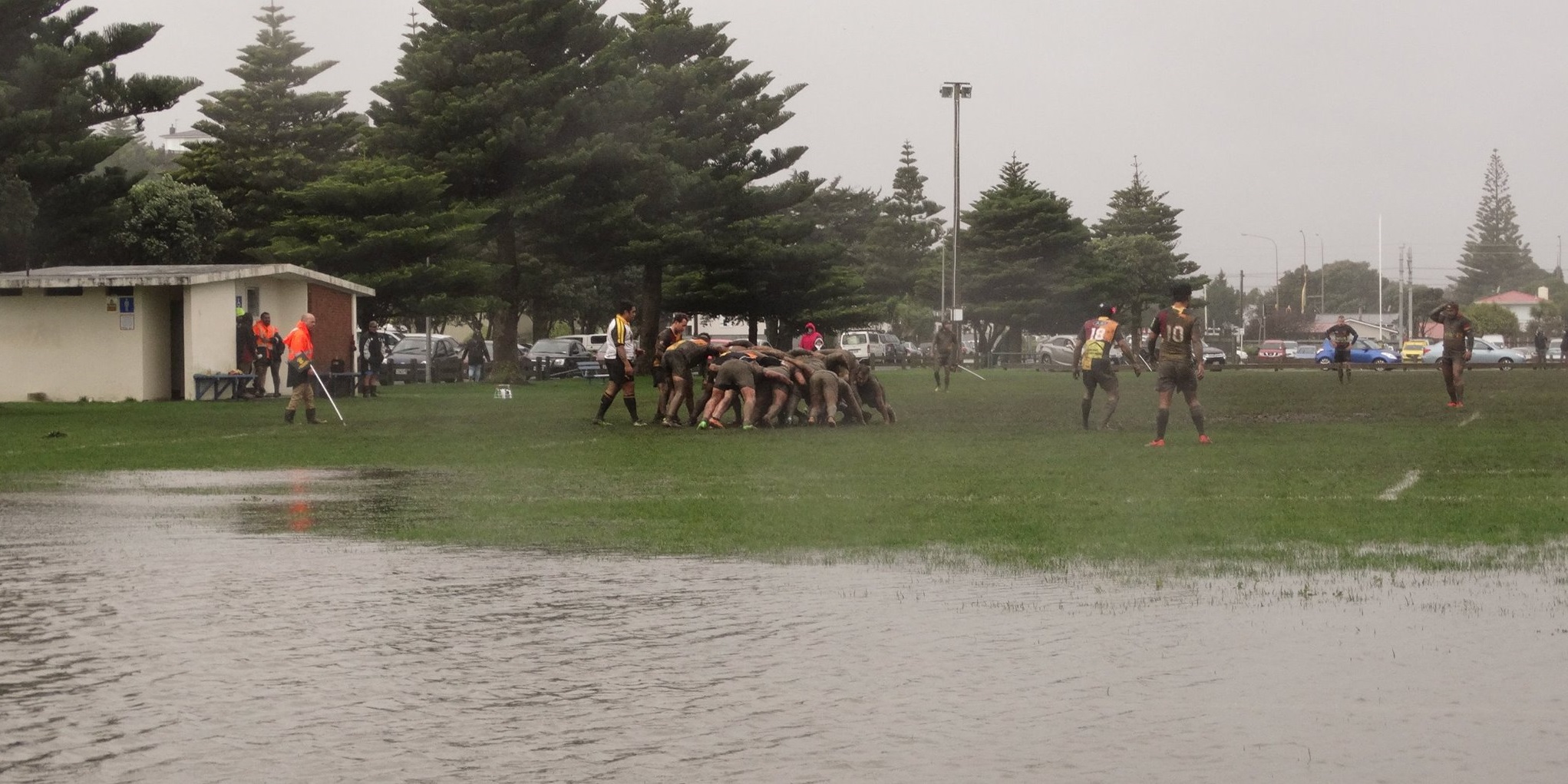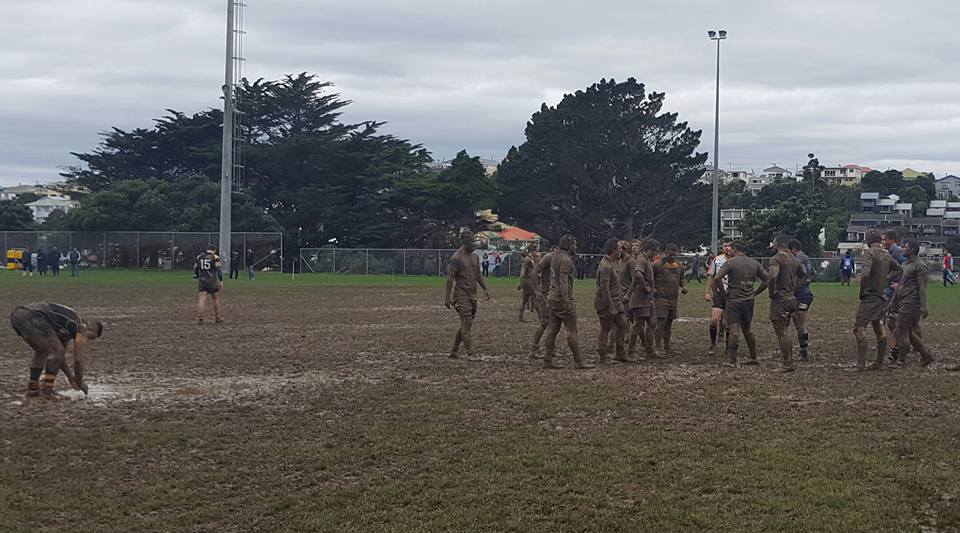The State of it
0By Scott MacLean
As the winter season draws to a close, one thing needs to be called out before memories fade; the state of the regions grass fields.
While it’s easy to point the finger at the weather – it’s been a wet winter with most of that falling since early-July – the simple fact is that the drainage hasn’t been up to par, leading to heavy restrictions and closures, and players of all ages left sitting at home rather than being able to get out and do what they’d rather be doing.
Given my involvement with rugby, it’s easier if I start there. In the city Miramar’s Polo Ground became a swamp, Khandallah’s Nairnville Park a bog, while Hataitai Park turned into something akin to a WWI battlefield and was closed for weeks, forcing even the Wellington Axemen Premier side to play home matches at Kilbirnie Park and the St Patrick’s Kilbirnie artificial. Even places that usually drain pretty well, like Tawa’s Lyndhurst Park and Johnsonville’s Helston Park had their issues.
You know things are pretty bad when Kilbirnie Park, which recently had thousands spent on improving its drainage, is closed. In fact arguably the only ‘major’ rugby ground in the city not affected was Evans Bay Park – which is mostly sand these days to go with its strange mid-winter brown look that’s led the owner of this website to refer to it as “Bloemfontein”.
The situation wasn’t quite as bad in the Hutt Valley and Porirua but restrictions were again often applied. But you have to wonder about the level of (mis)management when what used to be well-draining grounds at Ngati Toa Domain that are on sand rather than clay no longer are, and there’s something of an irony when two of the most heavily invested-in grounds in the region – the main ones at the Hutt Rec and Porirua Park – are amongst the very first to be restricted to just one game per weekend.
This criticism isn’t just directed at the various councils, but at the Ministry of Education as well. Funding might be an issue and particularly for the smaller, lower decile schools, but even well-heeled institutions like Wellington College and St Patrick’s Silverstream had to heavily restrict use of their fields less they too became unusable long-term. That fate in fact befell Scots College, who had to give up home field for their 1st XV’s Premier 1 semi-final despite staying off of it for weeks. Places like Upper Hutt, Taita, Porirua, Bishop Viard, and Newlands Colleges were soggy or muddy wastes. What good is that?
The worst it got for rugby this year? One weekend the only senior grades that got played were those lined up for finals day in early August and a smattering of college stuff. Everything else – including all junior rugby – got canned. Other weekends there was often something sacrificed.
I can’t imagine that football and rugby league had it much different, and it’s to the credit of Wellington Rugby, Capital Football, and College Sport Wellington that they could as much with as little they had at times.
Some will of course point to the number of artificial turfs across the region as the answer, and while it’s fair to say that without them this year would have been even more difficult and dire, but equally they aren’t the be all and end all of the problems. Rugby players in particular would rather play on natural grass, but concede that playing on turf is preferable to not playing at all.
A paradox is that because the turfs are invariably always available, they’re always in demand. As one example the one at St Pats College this year one Saturday played host to no fewer than five games back-to-back from 10am until after 6pm. That might lead to calls to build more, but they aren’t cheap and you start running out of places to put them in without affecting summer sports like cricket and softball.
Compounding matters for rugby however are the grounds that have been ‘lost’, particularly in Wellington City. The Basin Reserve and its use by Old Boys-University might be the most prominent discussion, but Martin Luckie Park and its two grounds (the third was used by Rugby League) are now the domain of the Wellington Phoenix while the northernmost pitch at Johnsonville’s Alex Moore Park is now an artificial and under the sole use every Saturday of the local North Wellington football club. The upshot being that the loss of these venues to take games off of other venues means even more of a strain on those that are left.
Sport and recreation are a large part of people’s lives, at all ages. And as land use becomes even more of talking point finding room for more grounds becomes difficult considering Wellington’s topography. So wouldn’t it then make sense to ensure that what we have can be used as often as possible?
Fix. Our. Grounds.
Follow Scott on Twitter



